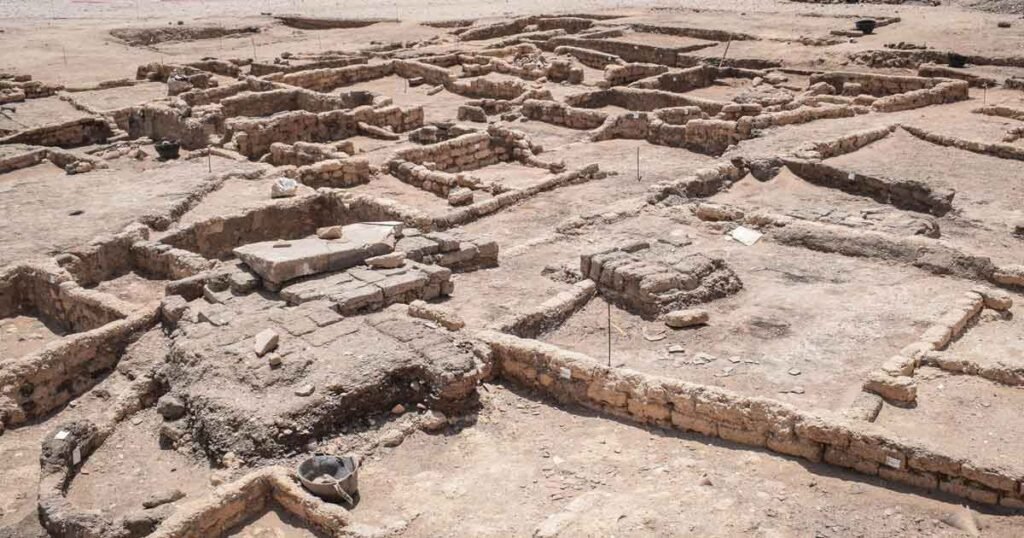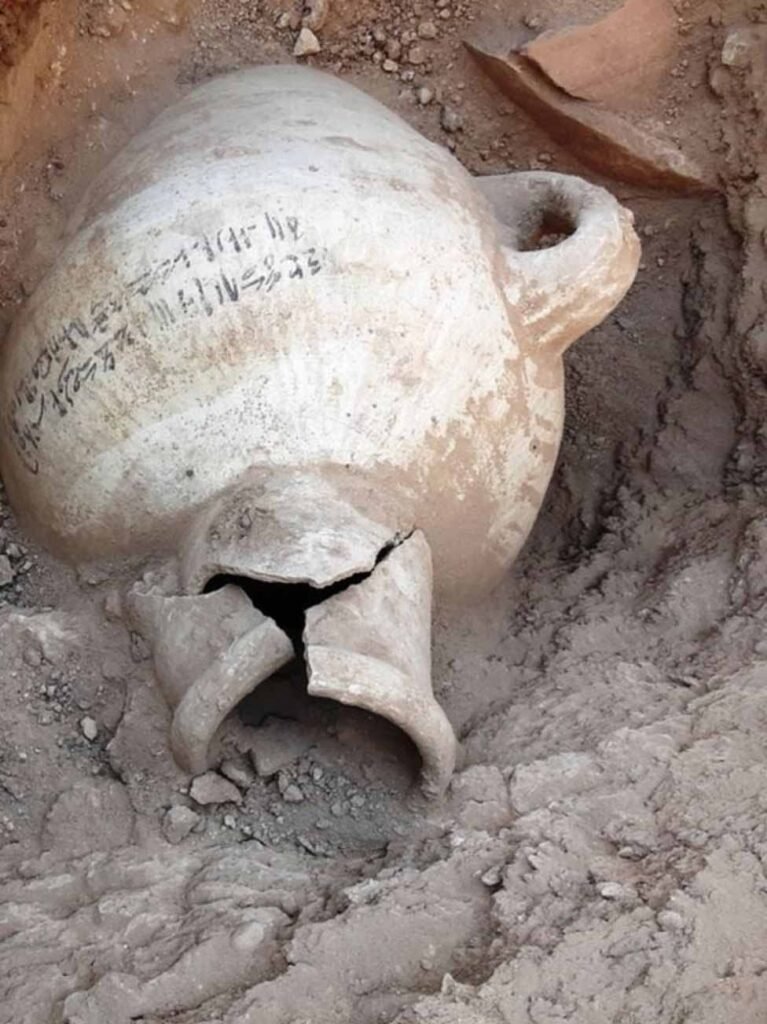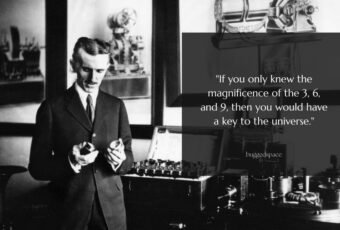A group of archaeologists discovered a 3,000-year-old city that was lost to the sands of Egypt. The discovery has been hailed as one of the most significant archaeological finds since the discovery of Tutankhamen’s tomb.

The city, dubbed “The Rise of Aten,” was discovered beneath the sand on Luxor’s western bank, according to lead archaeologist Zahi Hawass. He announced the discovery of “the lost golden city” on Thursday.
The Rise of Aten city was discovered just a few weeks after the excavation began in September 2020. “It was the Egyptian empire’s largest administrative and industrial settlement,” Hawass said.
The city dates from the reign of King Amenhotep III, who ruled Egypt between 1391 and 1353 BCE. Pharaohs Ay and Tutankhamun continued to use the city, with British archaeologist Howard Carter discovering Tutankhamun’s nearly intact tomb in the Valley of the Kings in 1922.
Archaeologists discovered “city streets flanked by houses,” with intact walls up to 10 feet high and “rooms filled with tools of everyday life… left by the ancient citizens as if it were yesterday,” including rings, colored pottery bowls, casting molds for amulets, pots used to hold meat, and tools for spinning, weaving, metal and glass-making.
Professor of Egyptology at Johns Hopkins University, Betsy Brian, called the discovery the most significant archaeological find since King Tut’s tomb was discovered intact in the Valley of the Kings in 1922.
According to the statement, historians believe the city was abandoned a year after the pot was made, and the capital was relocated to Amarna, 250 miles to the north. The causes for this are unknown.

The newly discovered city, which was discovered on the west bank of the Nile River in Luxor between King Rameses III’s temple and Amenhotep III’s colossi, included rooms filled with everyday utensils.
A large bakery, “complete with ovens and storage pottery,” was also discovered, indicating that it served a “very large number of workers and employees.”

The skeleton of a person buried with arms stretched out to the side and rope wrapped around the knees was among the other discoveries.
The excavations began on the west bank of Luxor, near the Valley of the Kings, about 500 kilometers (300 miles) south of Cairo.
“Within weeks, formations of mud bricks began to appear in all directions, much to the team’s surprise. Many foreign missions looked for this city but were unable to locate it.” Dr. Hawass said in his statement.
“What they discovered was the remains of a large city in good condition, with nearly complete walls and rooms brimming with everyday tools.”
His team “expects to uncover untouched tombs filled with treasures,” he said, adding that more archaeological work was underway at the site.
“Not only will the discovery of the Lost City provide us with a rare glimpse into the lives of Ancient Egyptians at a time when the Empire was at its wealthiest, but it will also help us solve one of history’s greatest mysteries: why did Akhenaten and Nefertiti choose Amarna as their new home?” Betsy Bryan said.
Salima Ikram, an archaeologist who heads the Egyptology unit at the American University in Cairo, told National Geographic, “There’s no doubt about it; it’s a phenomenal find.” “It’s essentially a time capsule—an Egyptian version of Pompeii.”
A large cemetery and tombs, similar to those found in the Valley of Kings, were also discovered, though they have yet to be explored.
Only more excavations in the area will reveal the truth about what occurred 3500 years ago.













